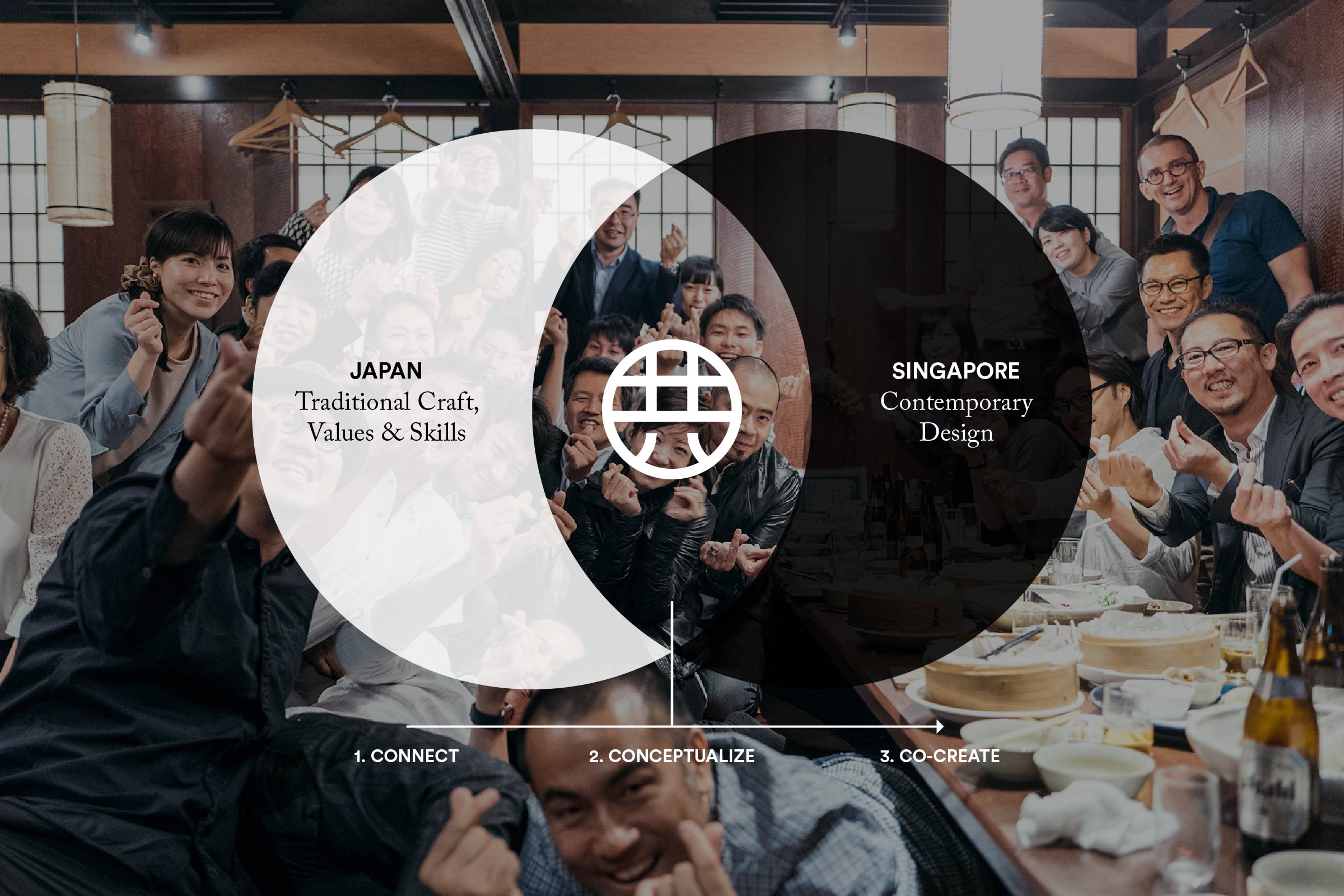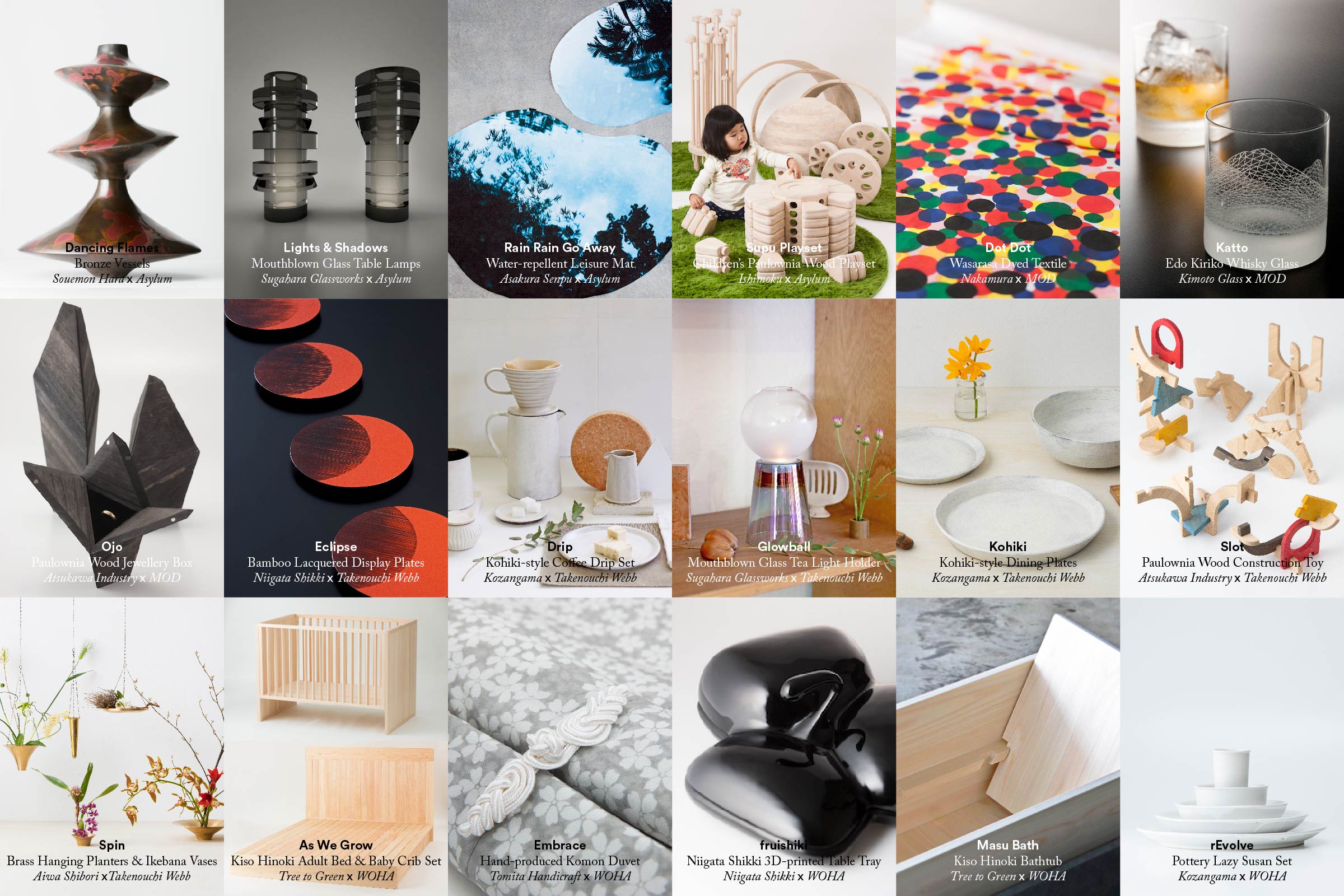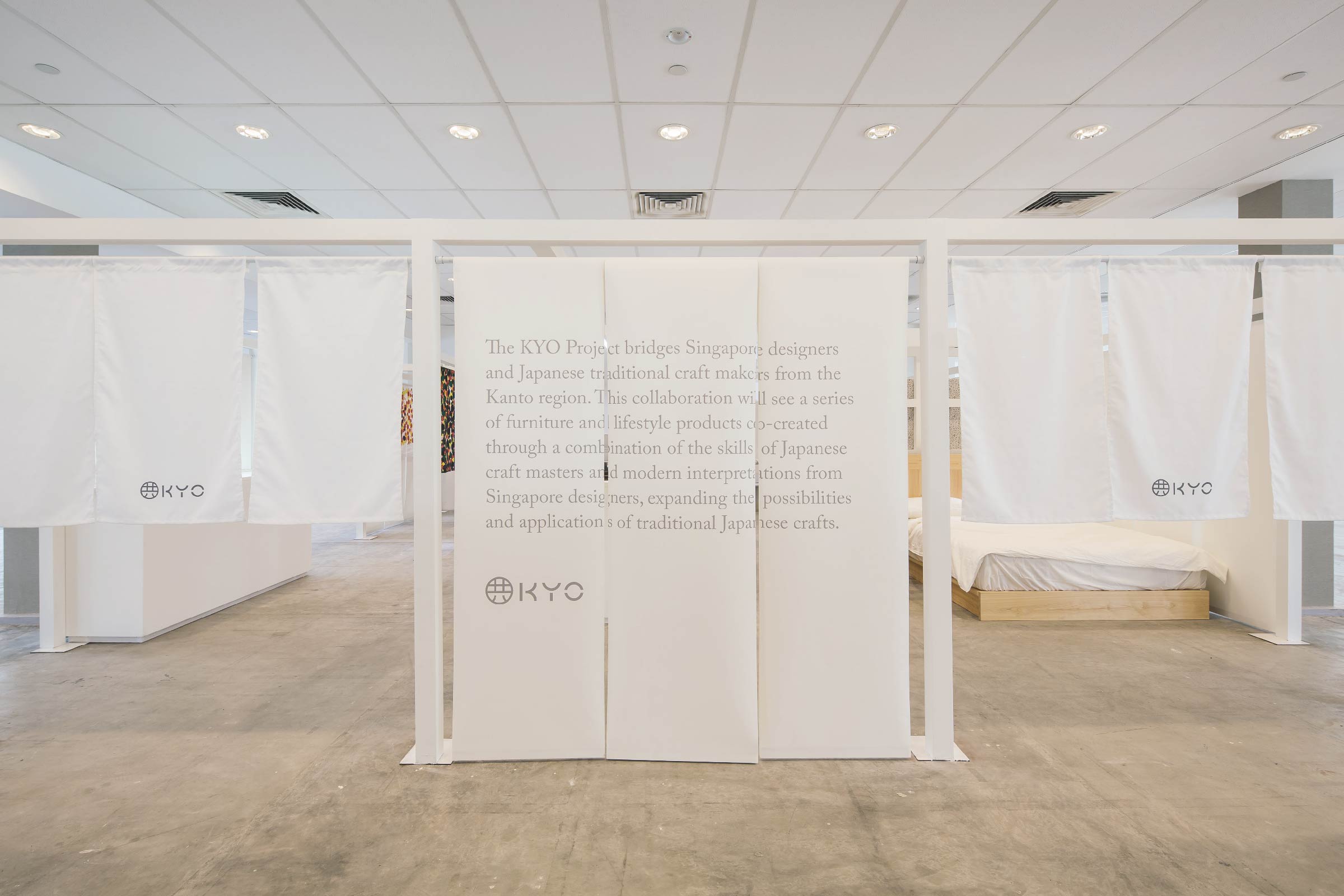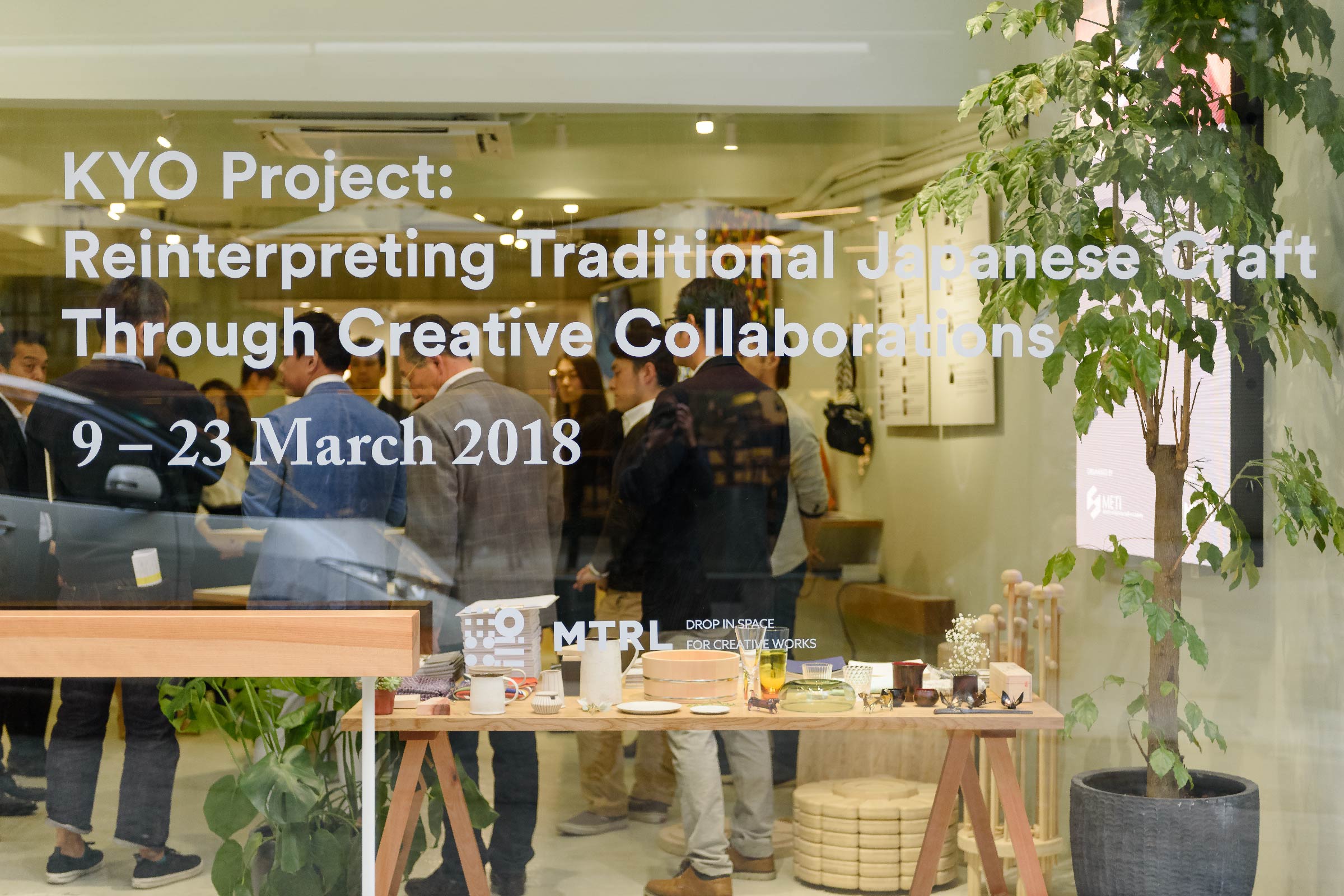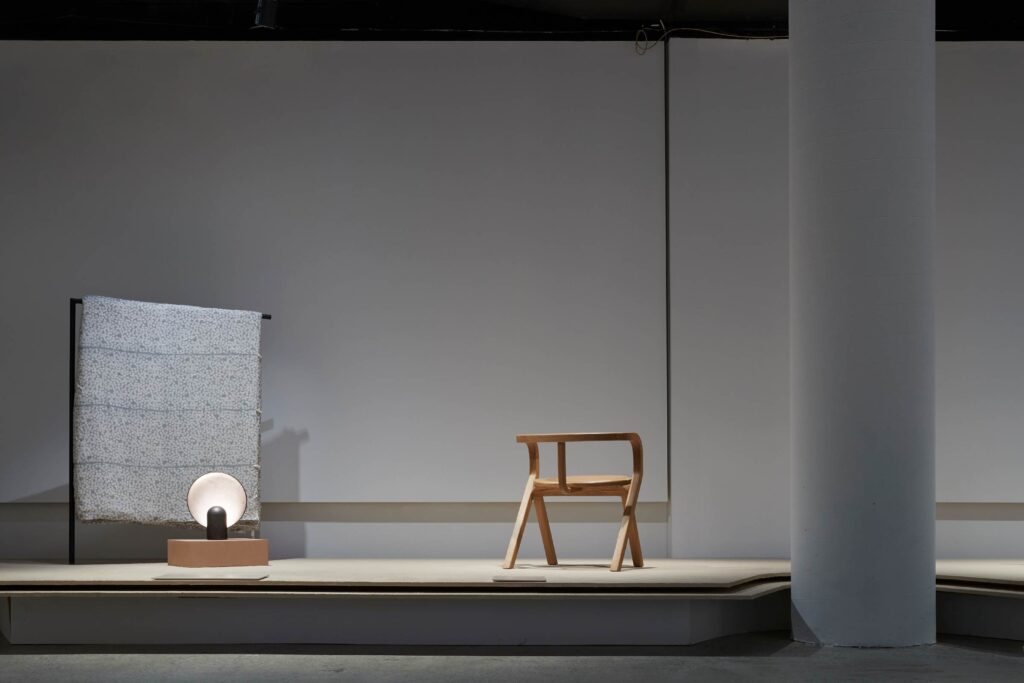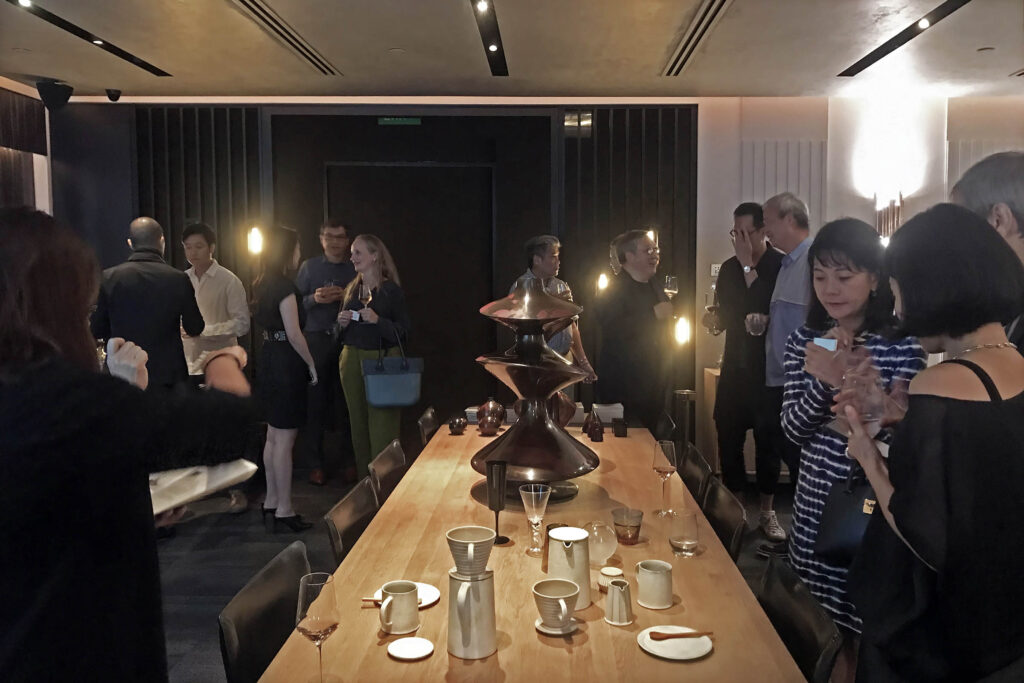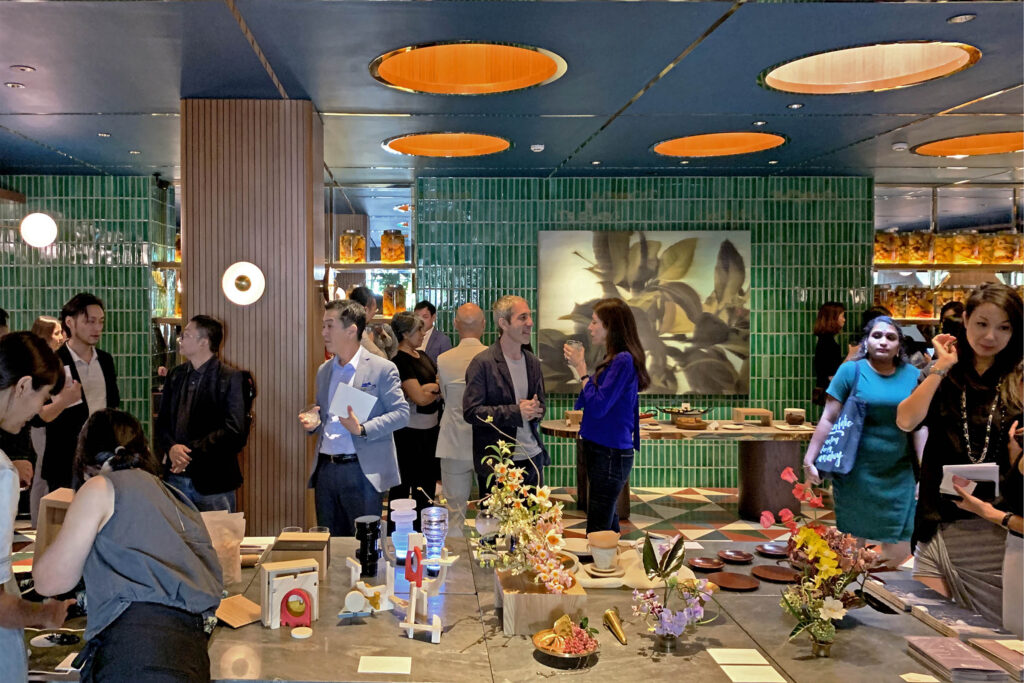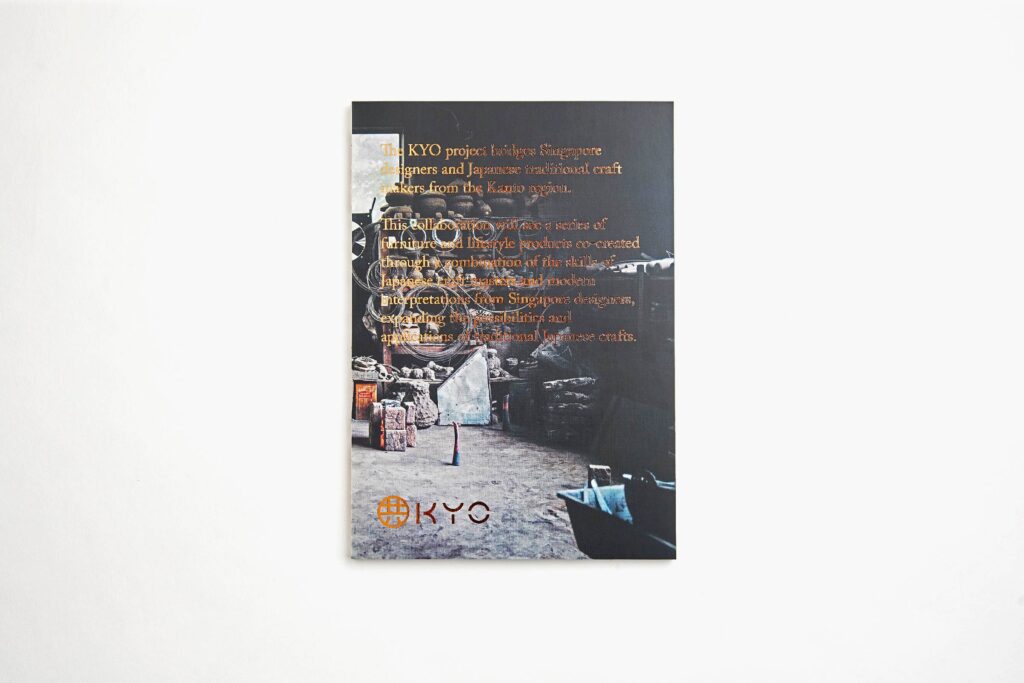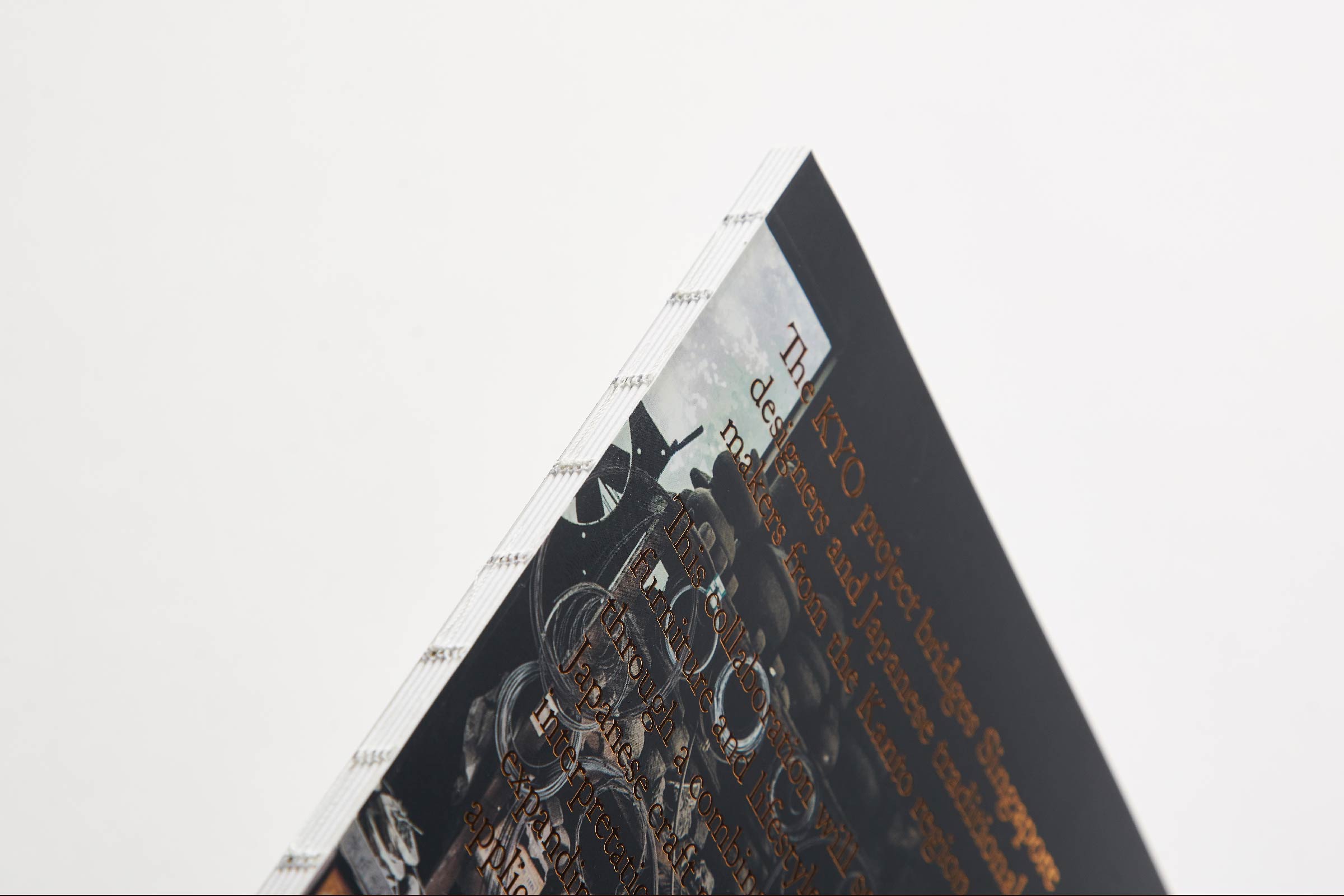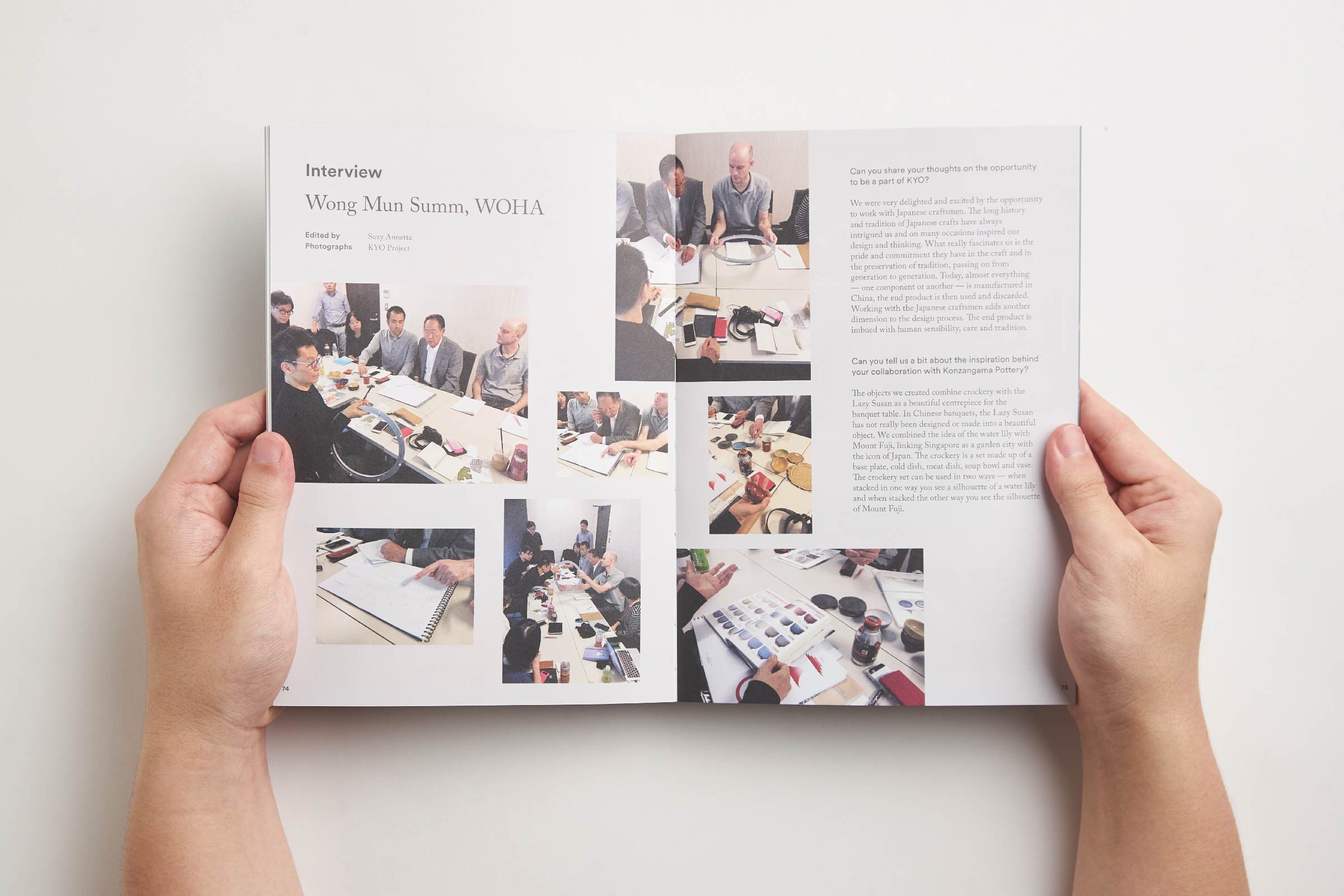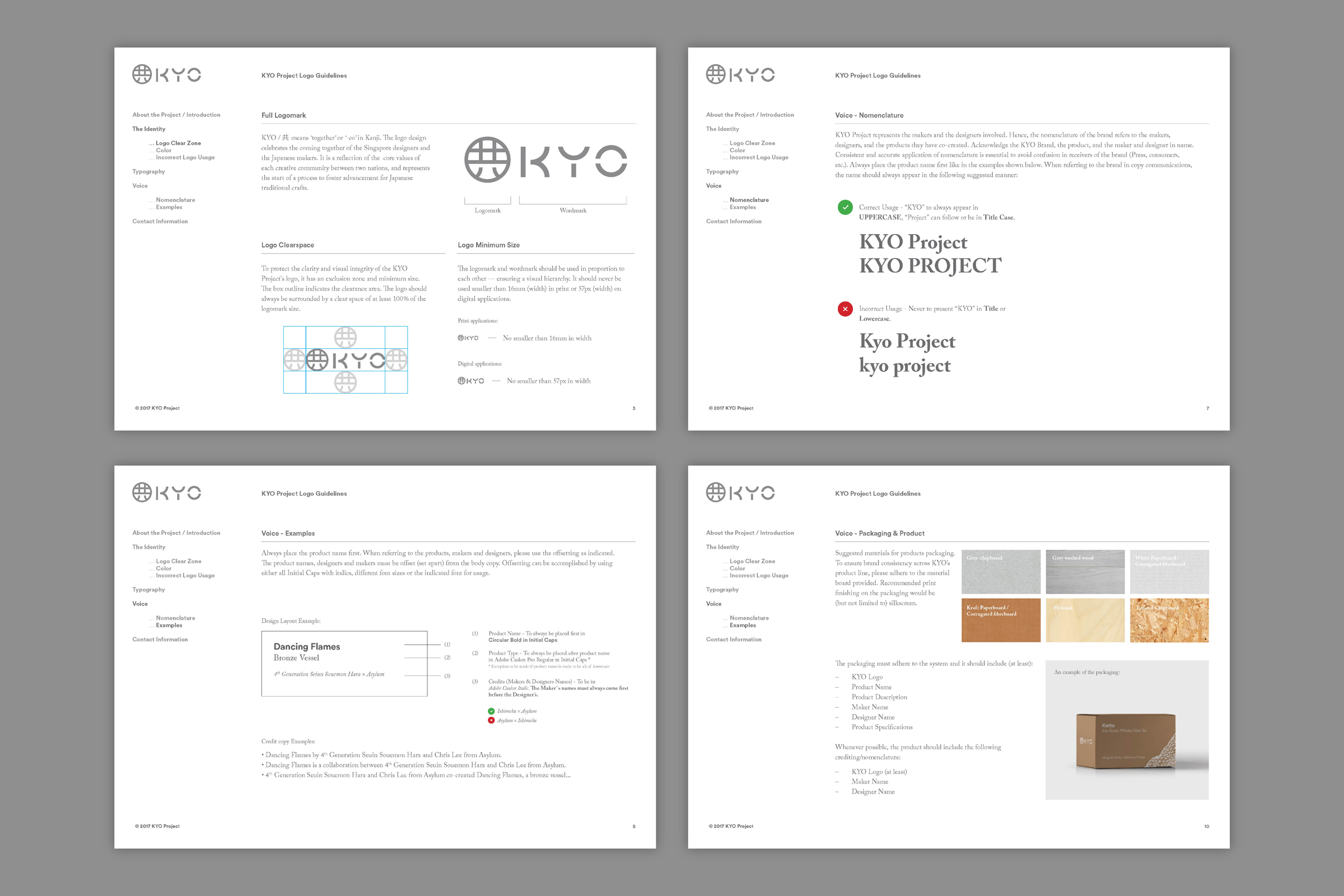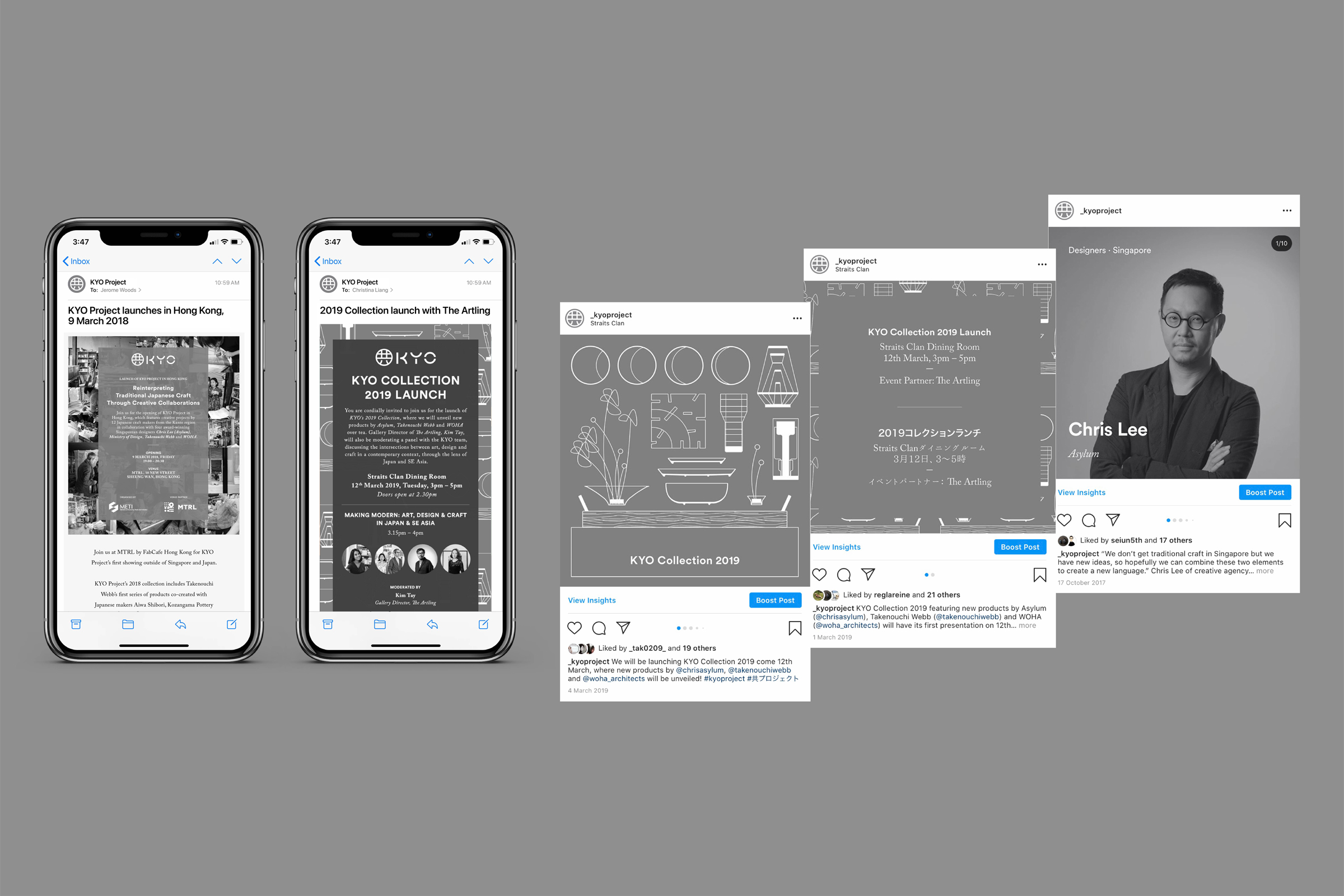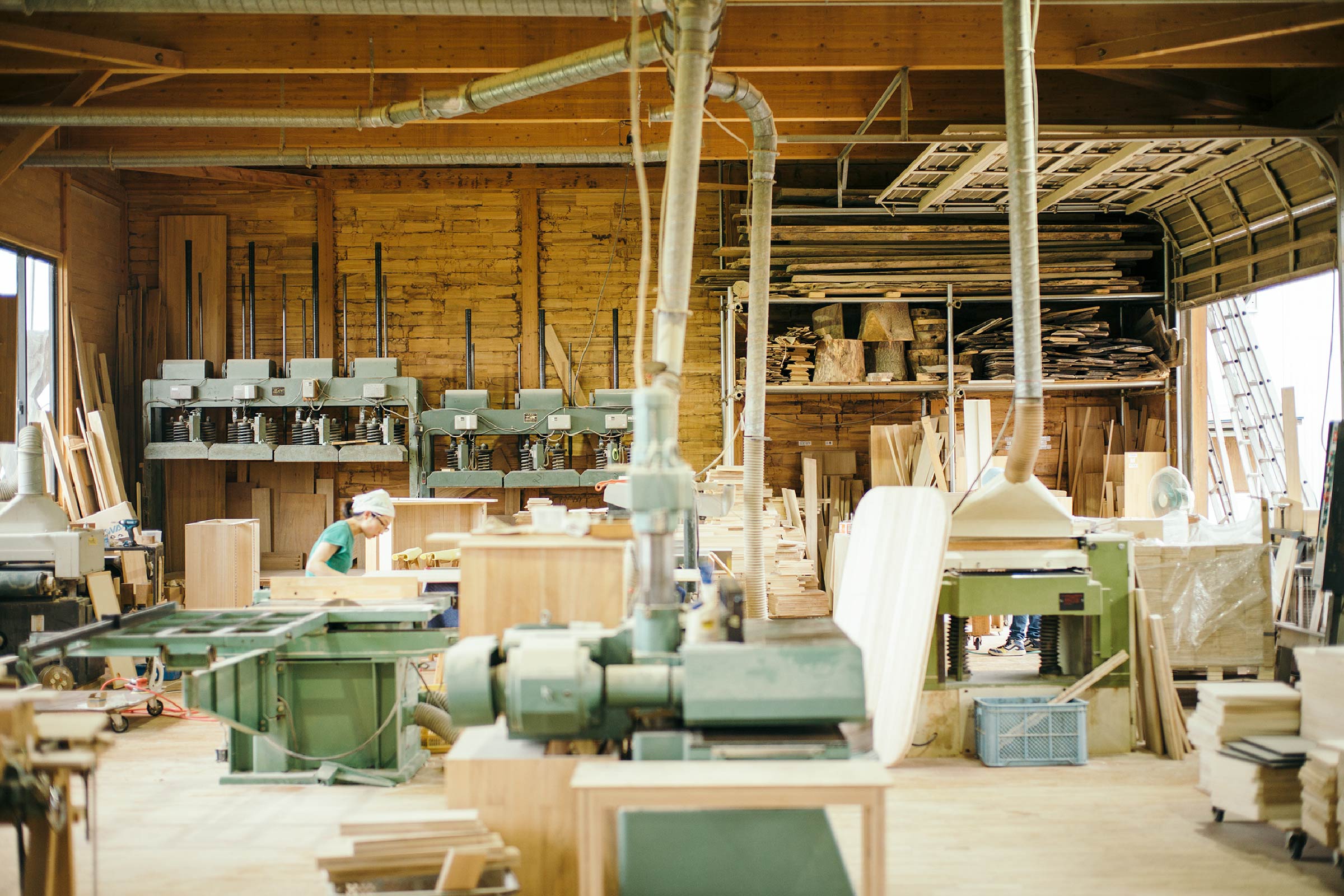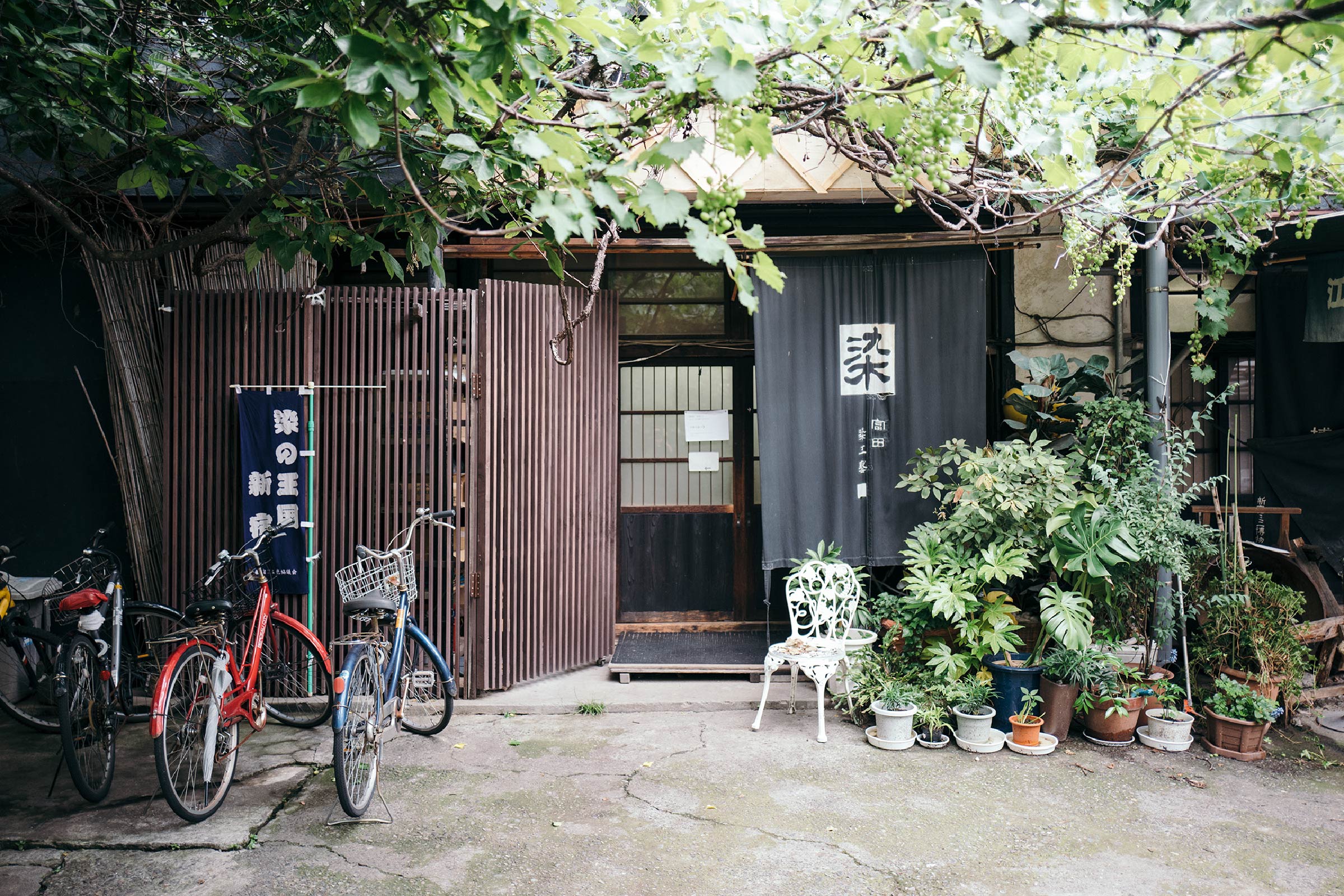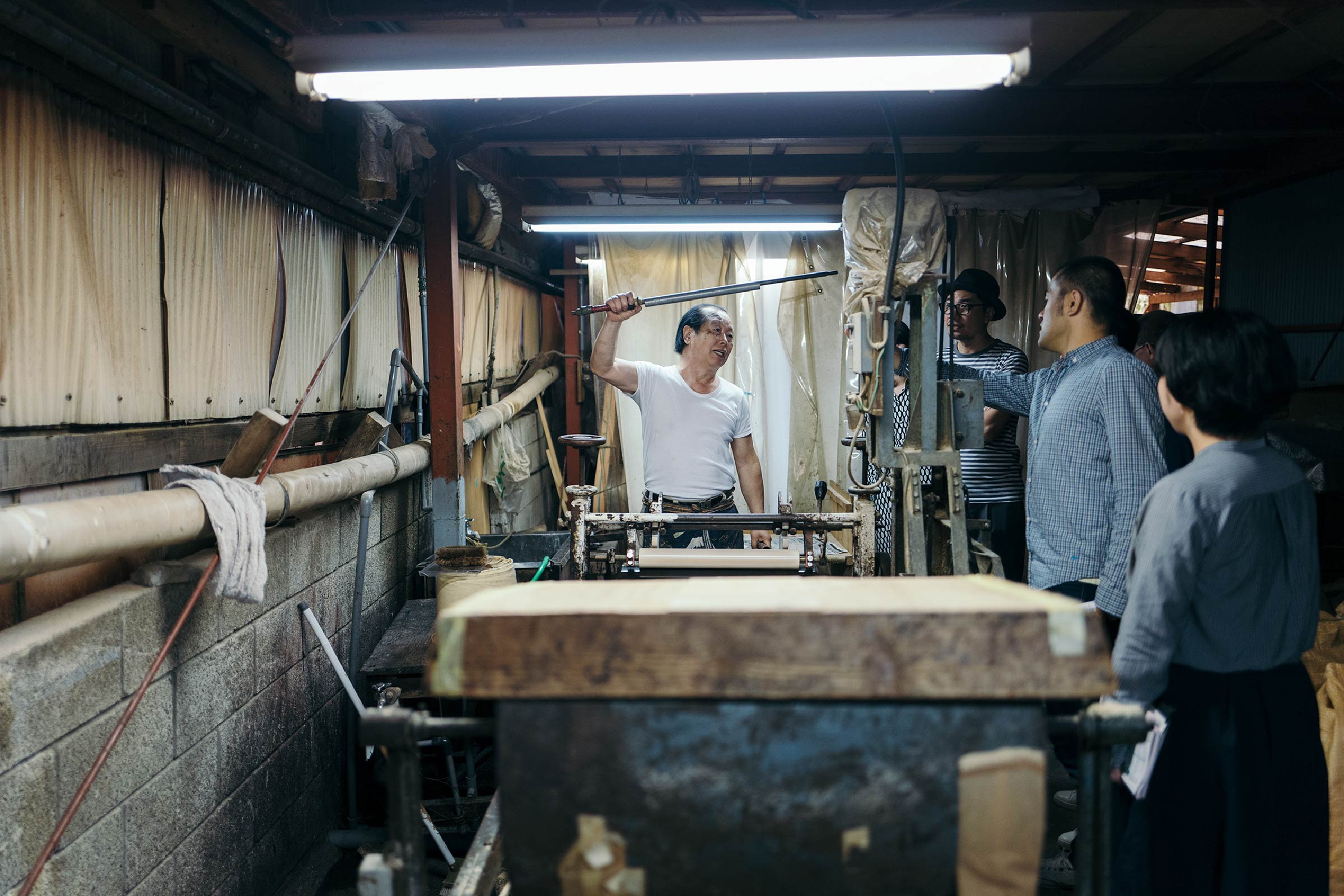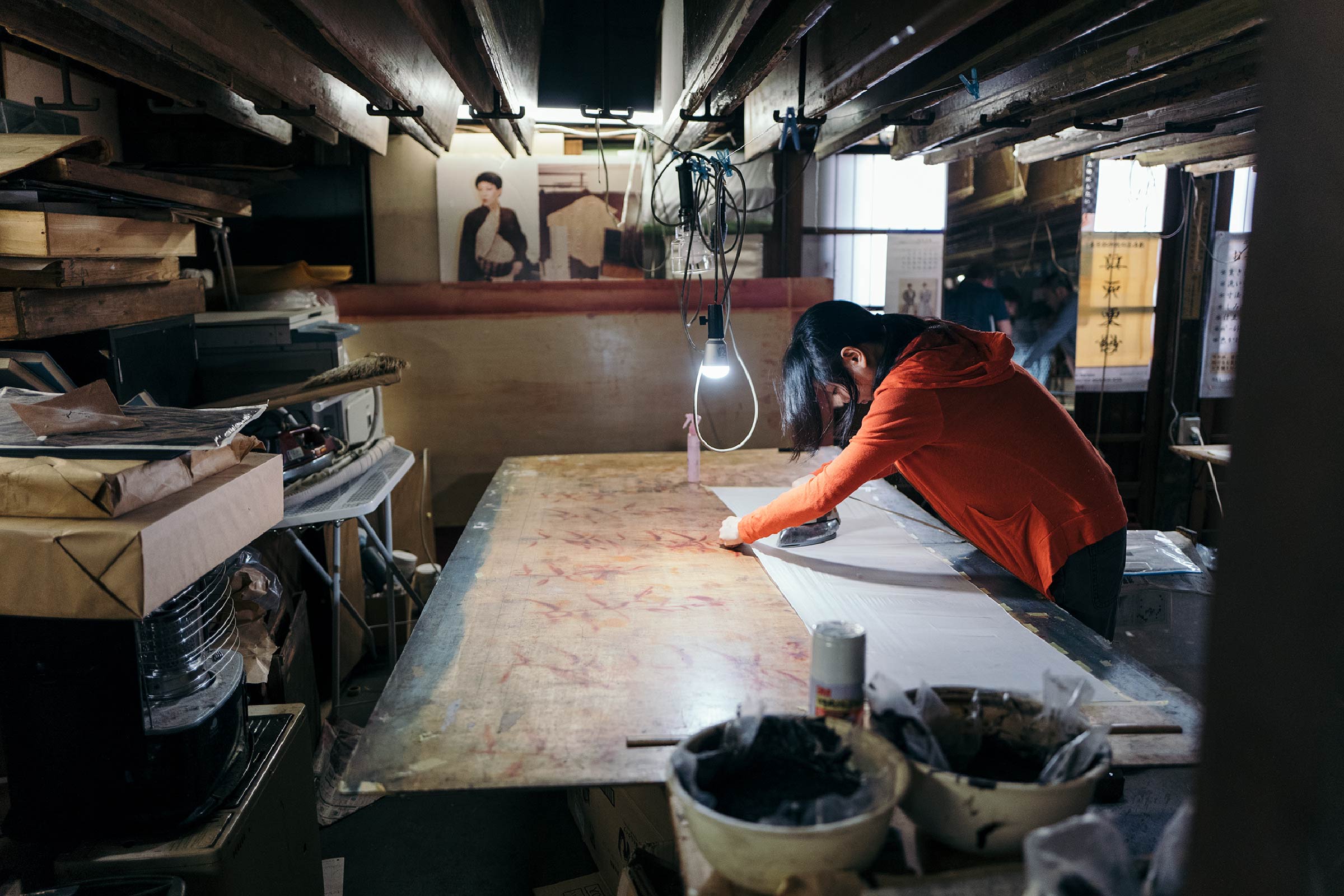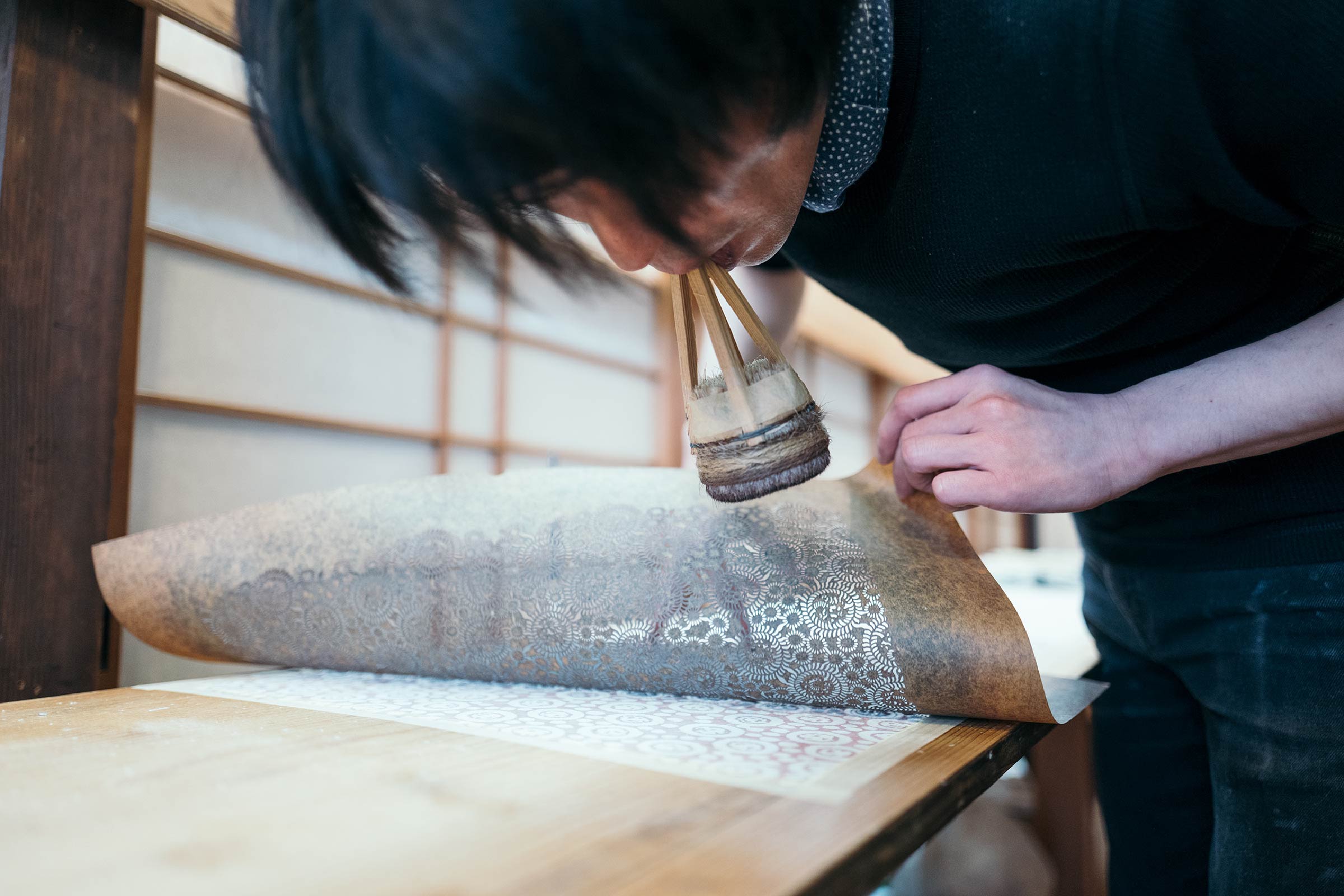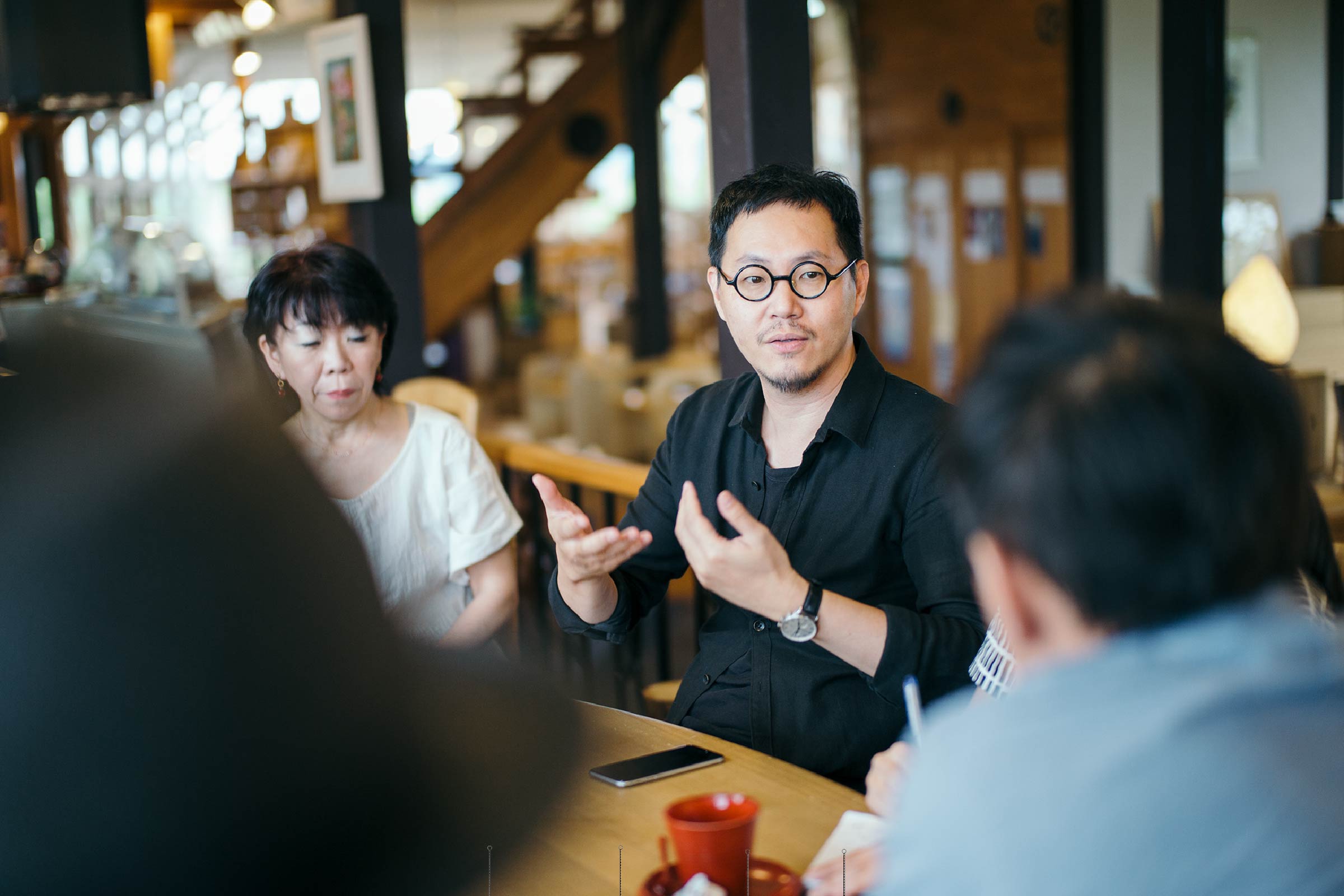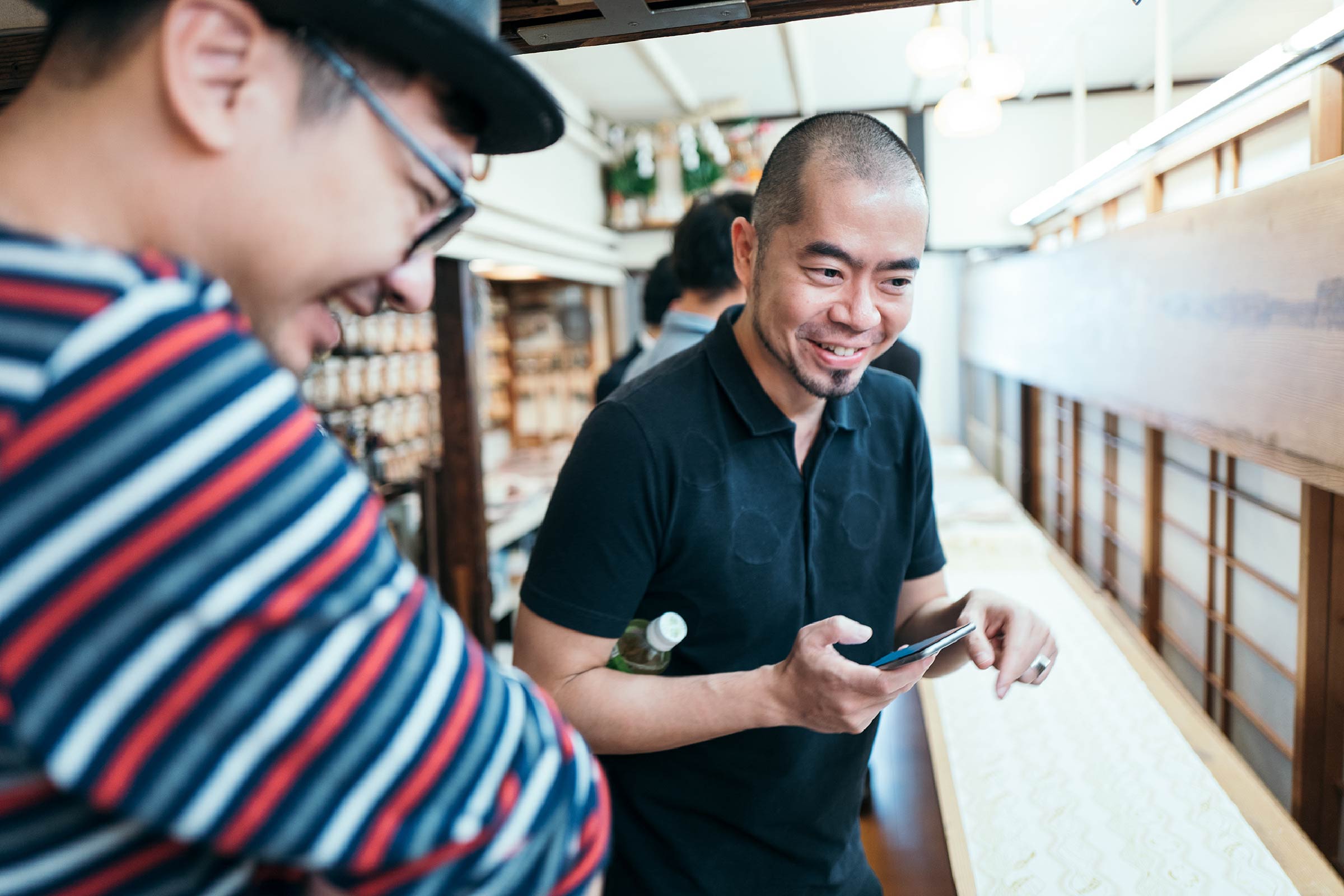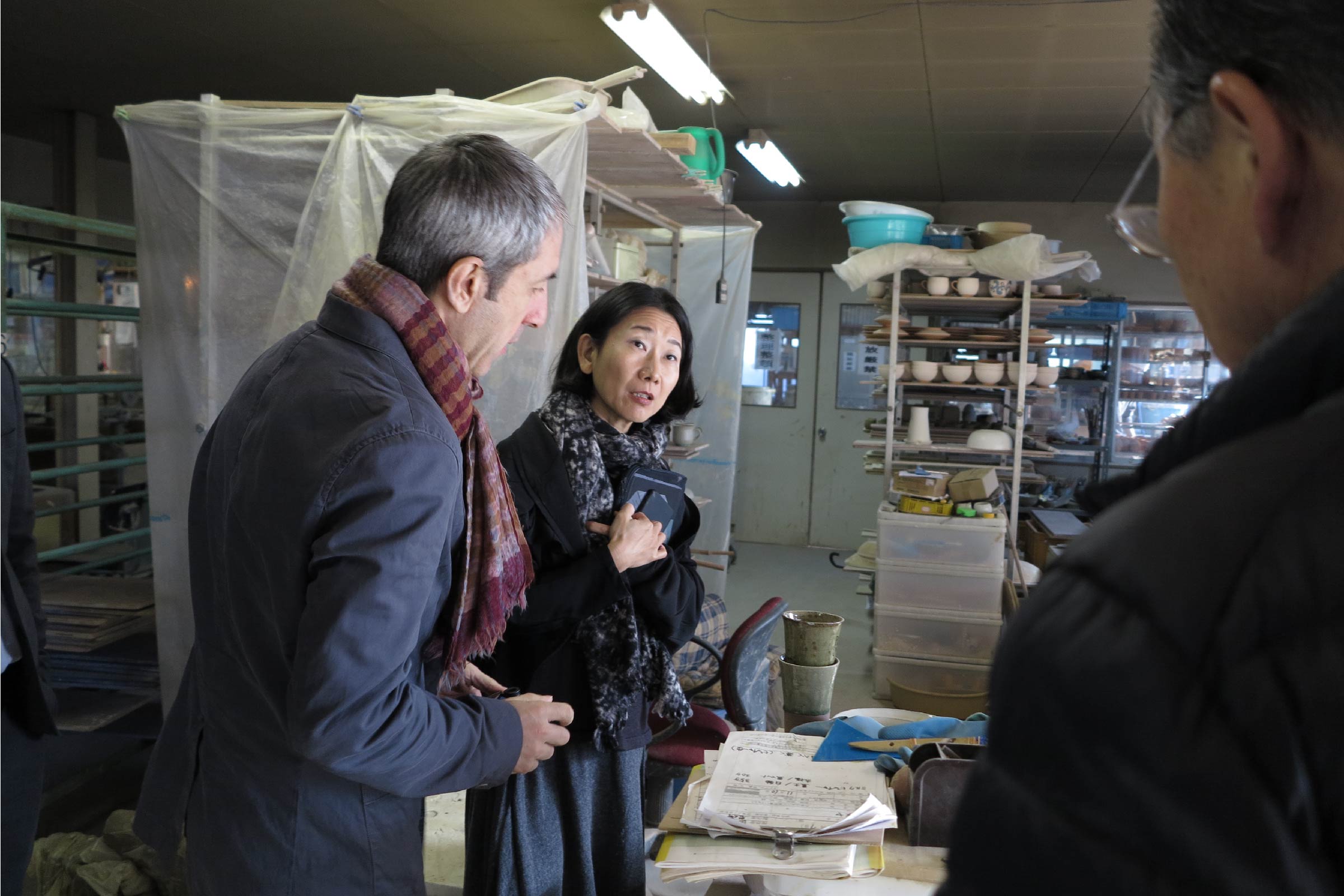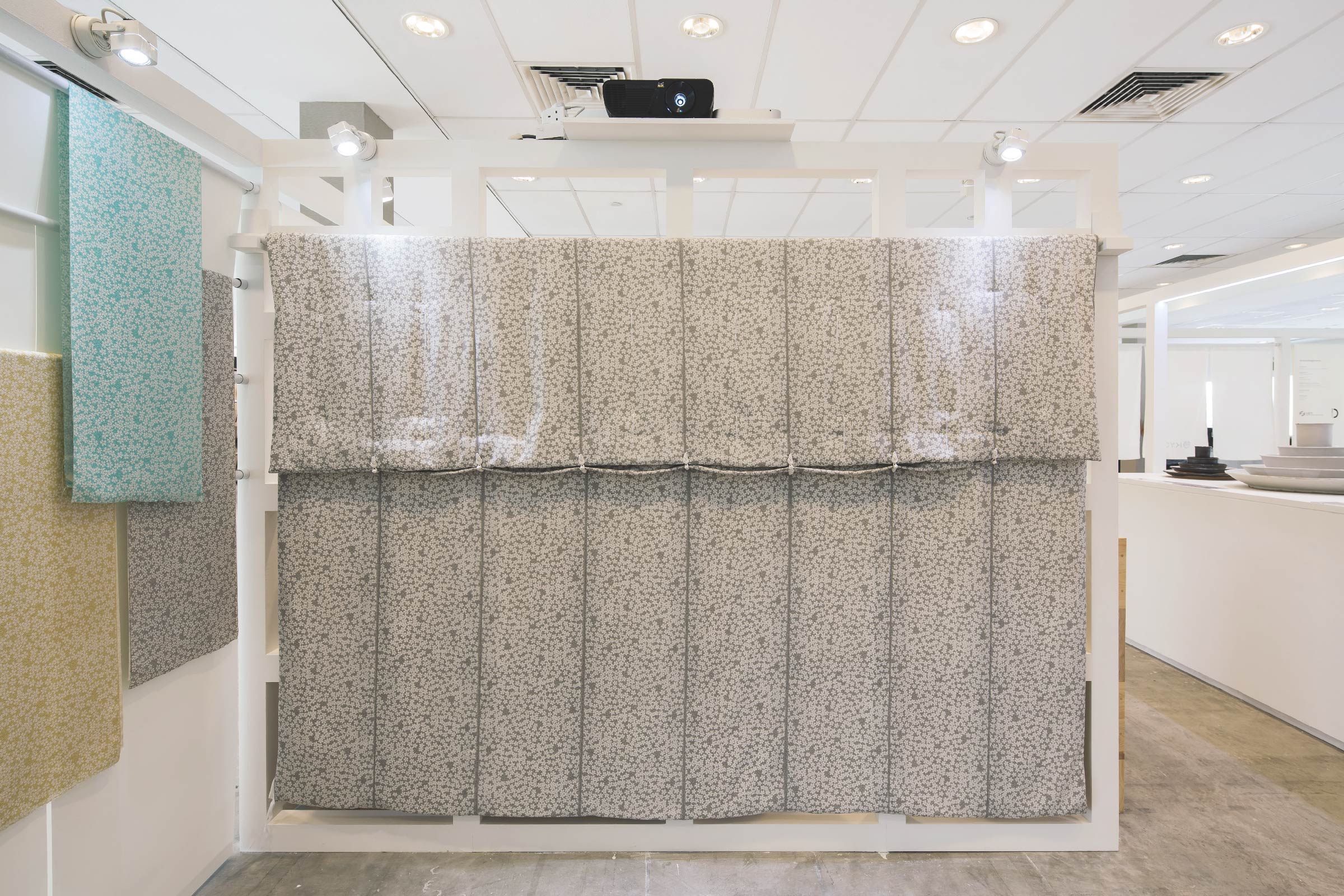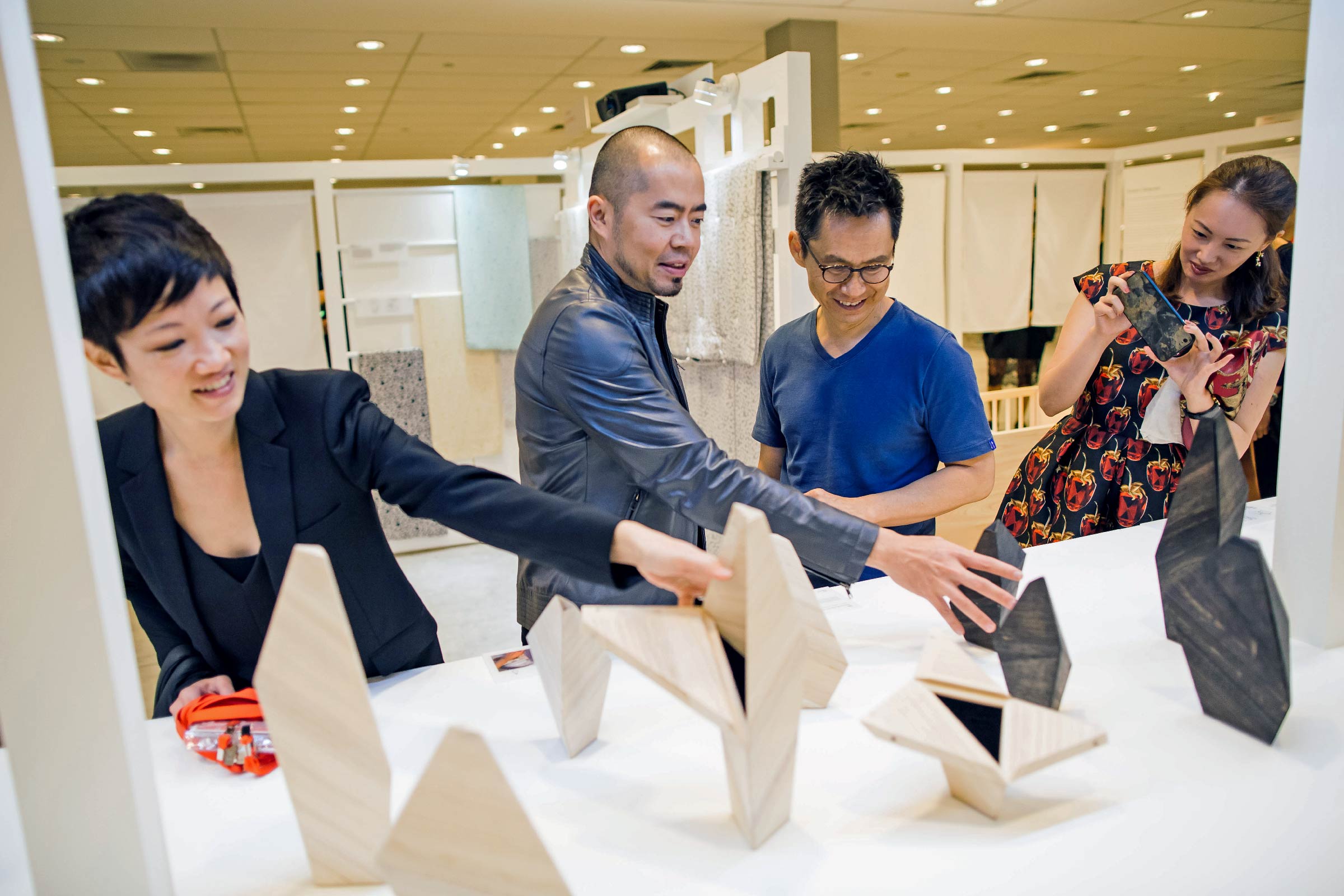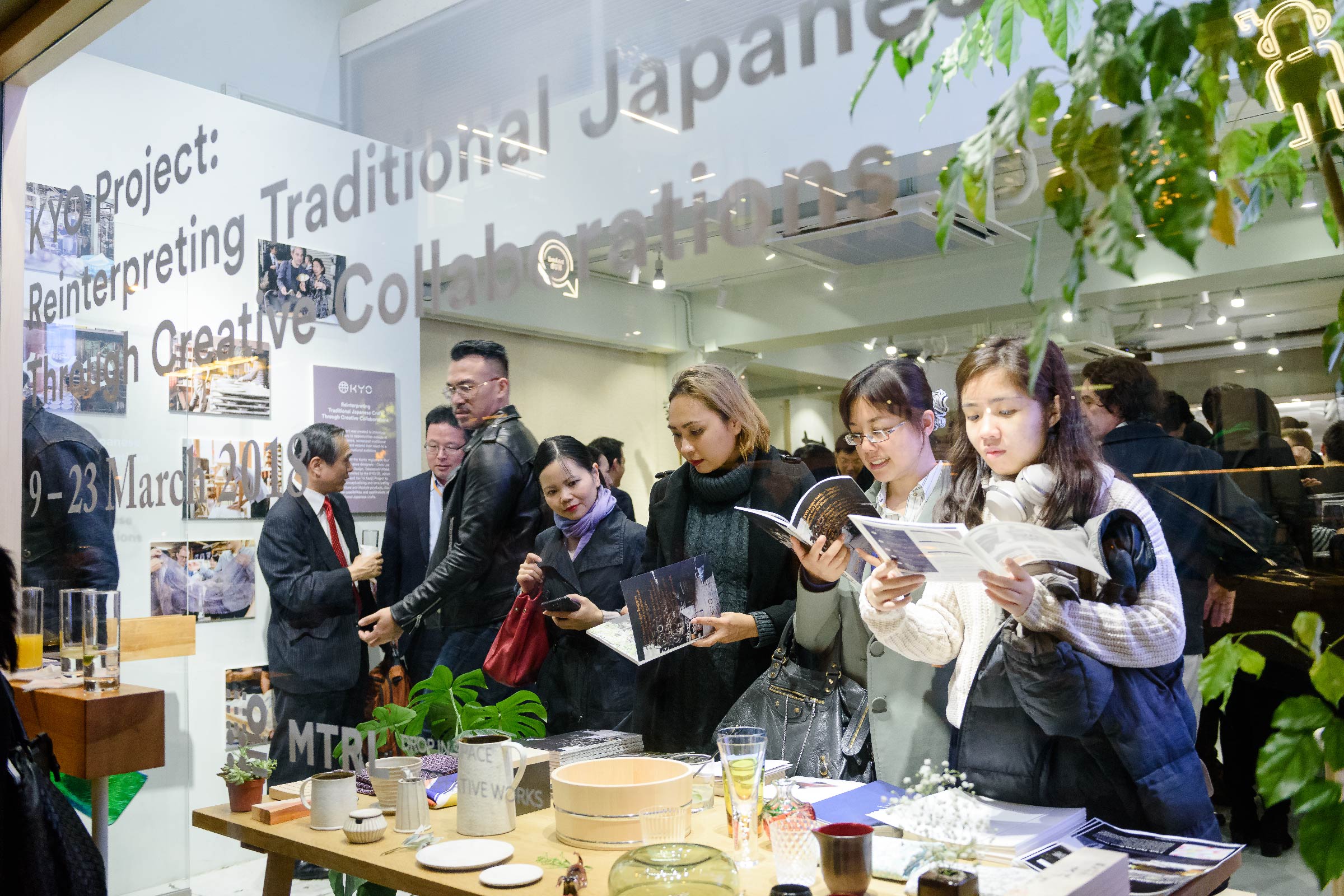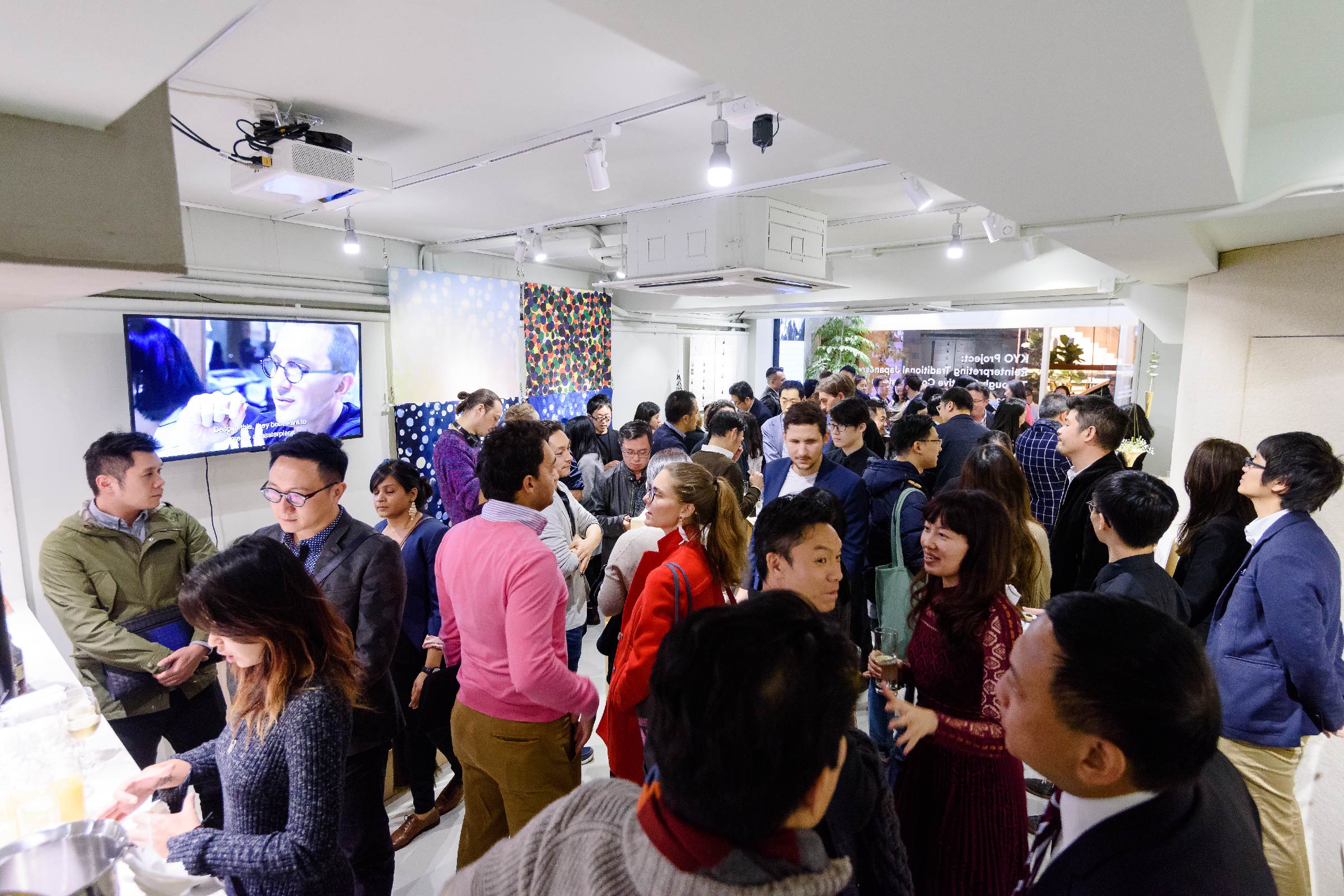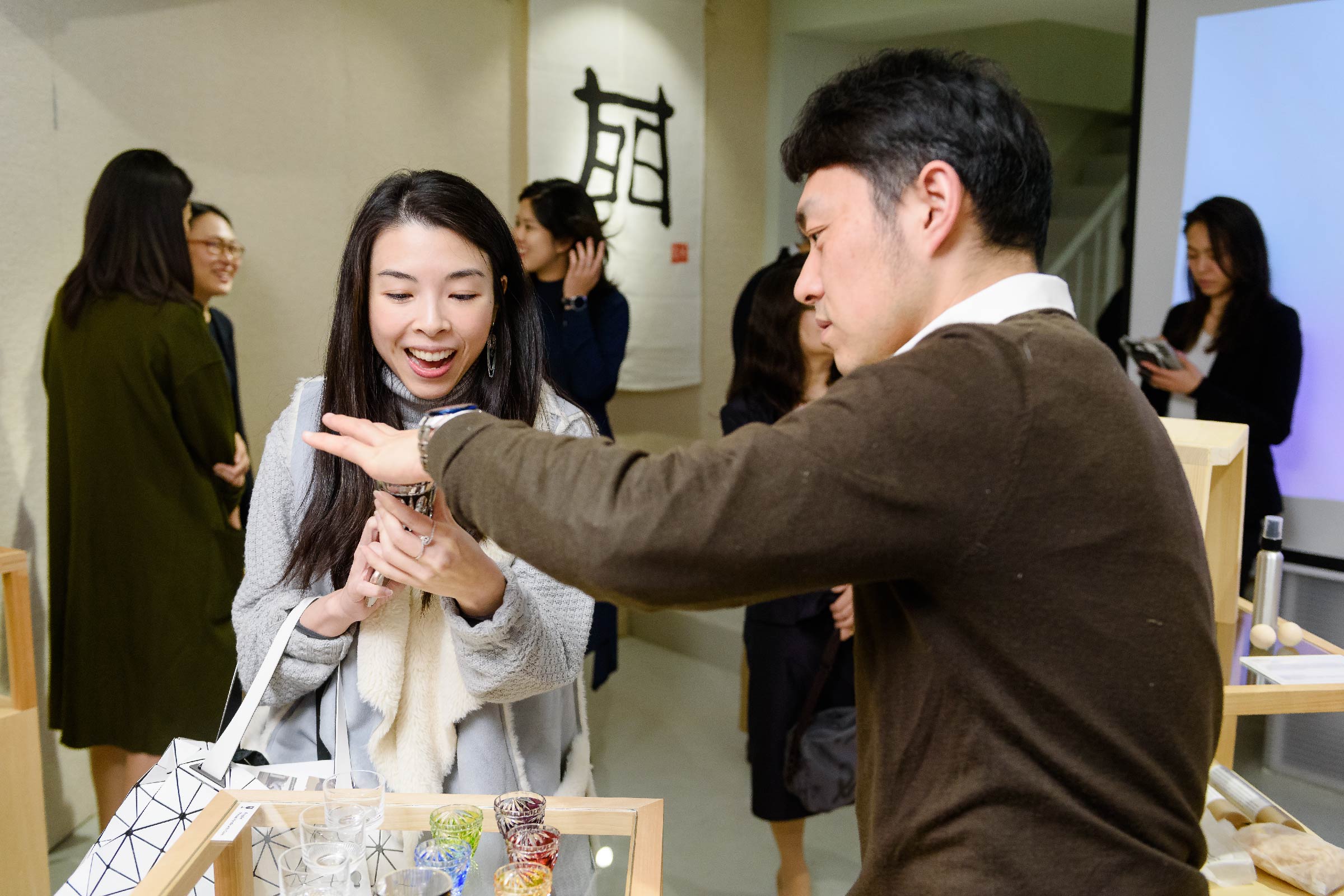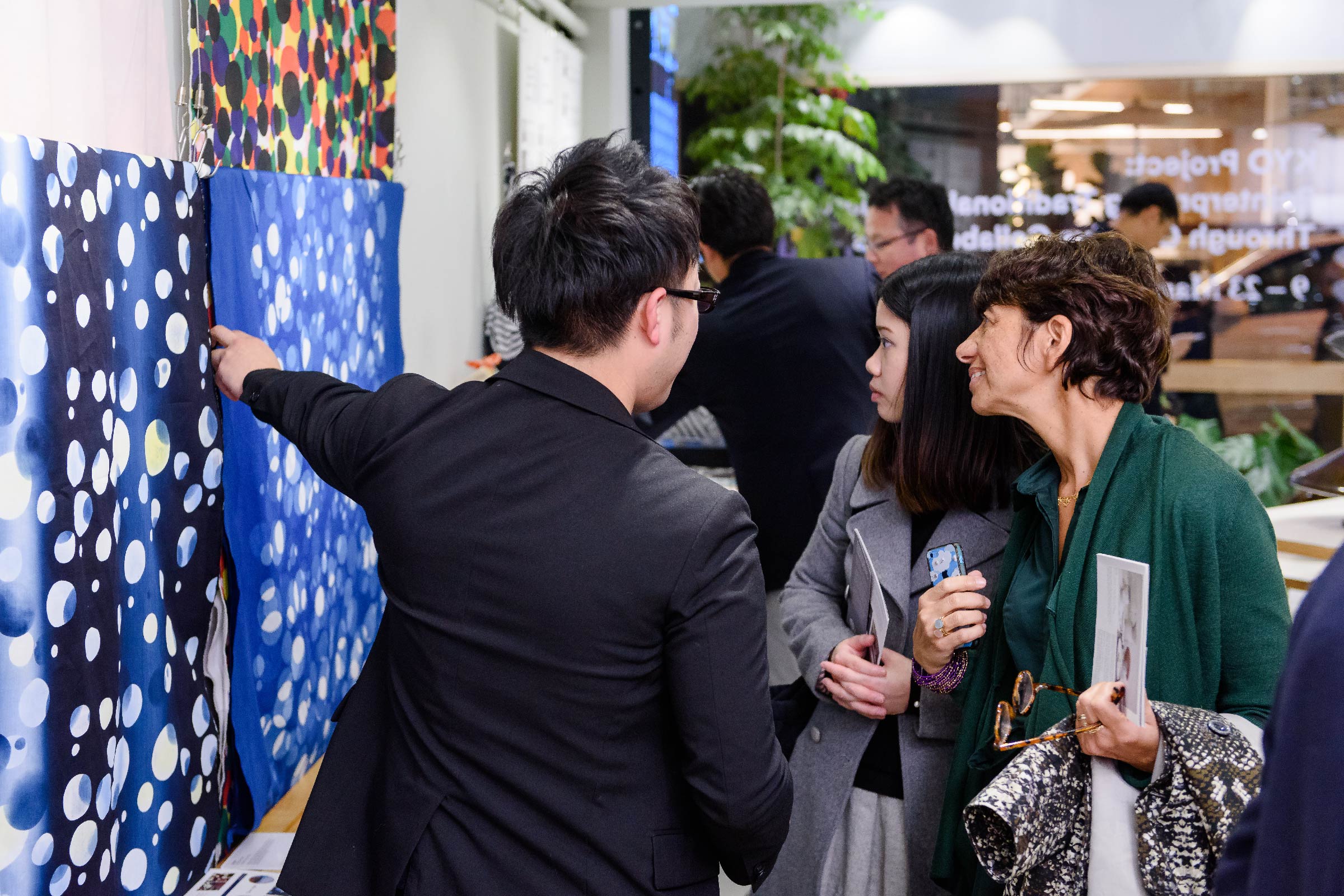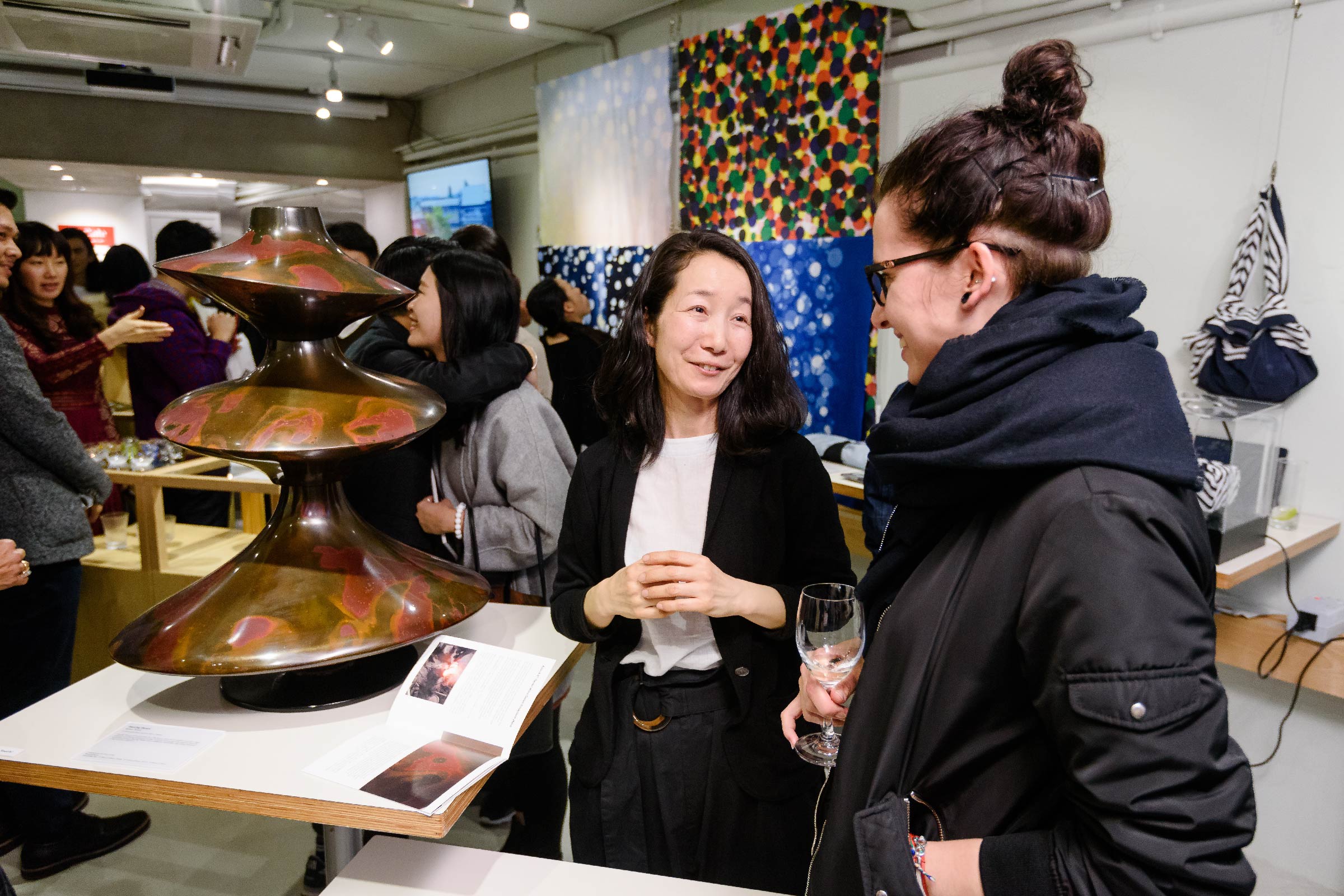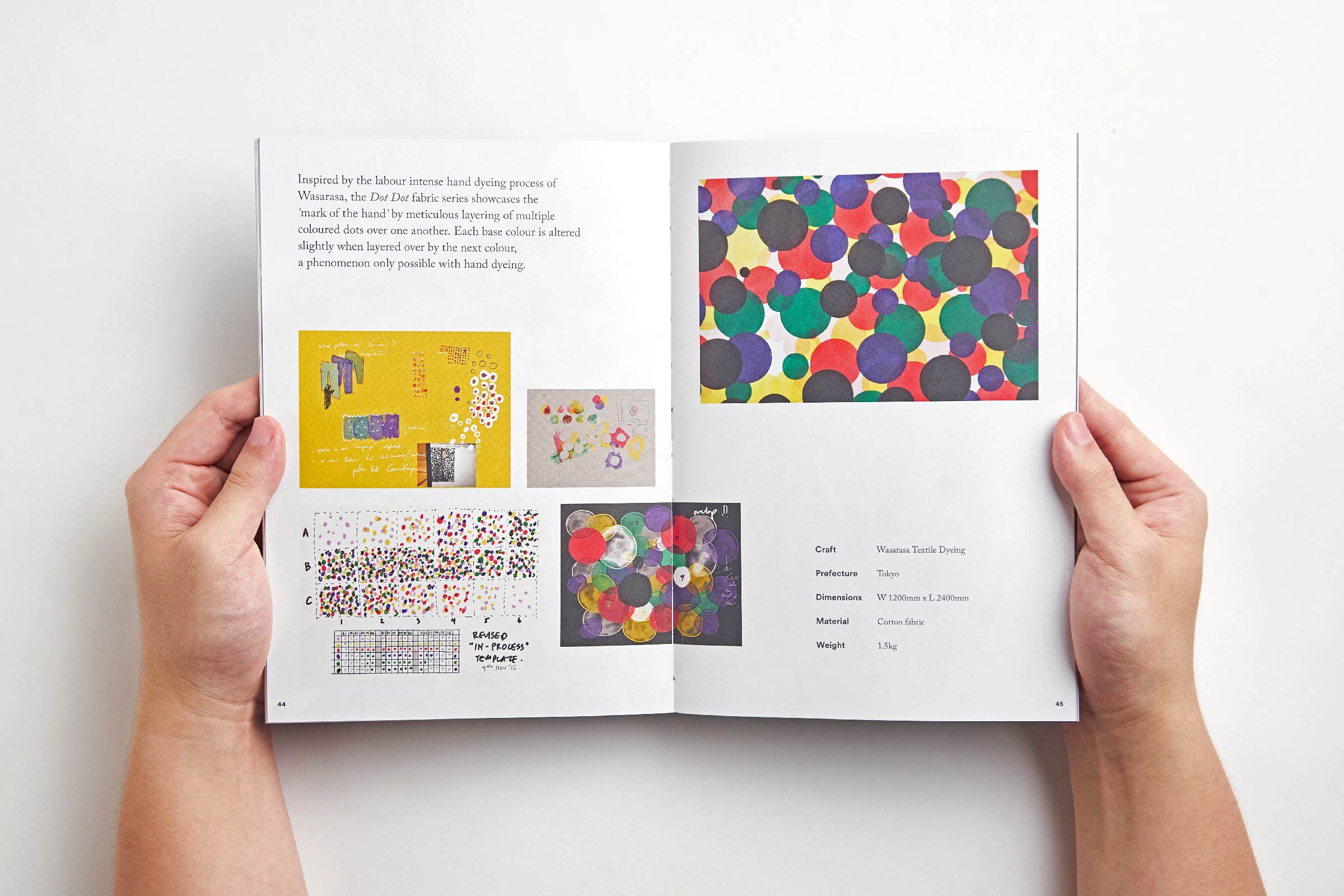KYO Project
Fostering advancement of traditional Japanese craft through collaborations between two creative nations
Designing Japanese Craft for Contemporary Life
-
Client
Kanto Bureau of Economy, Trade and Industry (Kanto METI)
-
Team
Jackson Tan
Charice Chan
Lee Xinying
Project Coordinators:
Takuya Hotta
Mikiharu Yabe
Singapore Designers:
Chris Lee (Asylum)
MOD (Ministry of Design)
Takenouchi Webb
WOHA
Sales and Marketing:
Regina Chan -
Collaborators
-
Client
Kanto Bureau of Economy, Trade and Industry (Kanto METI)
-
Team
Jackson Tan
Charice Chan
Lee Xinying
Project Coordinators:
Takuya Hotta
Mikiharu Yabe
Singapore Designers:
Chris Lee (Asylum)
MOD (Ministry of Design)
Takenouchi Webb
WOHA
Sales and Marketing:
Regina Chan -
Collaborators
The KYO Project was created to introduce Japanese makers to opportunities outside of their local audience, reinterpret traditional Japanese crafts and extend their reach to a larger international audience. As a result of developing technologies and changing lifestyle needs, many Japanese crafts that have been passed on for generations no longer serve their original purposes. Yet, the mass production of most modern-day commodities has also brought about renewed interest in Japanese furniture and lifestyle products for their quality and the technical skills required of the craftsmen who make those products.
12 craft makers from the Kanto region in Japan and four award-winning Singapore designers – Chris Lee (Asylum), Ministry of Design, WOHA and Takenouchi Webb – were invited to the KYO (共, which means ‘today’ and ‘co-‘ in Kanji) Project to collaborate in conceptualising and co-creating a series of furniture and lifestyle products that expand on the possibilities and applications of traditional Japanese crafts.
The makers selected for the project work with a range of traditional crafts and mediums – bronze casting, glass cutting, textile dyeing, woodworking – that have had a deep history and impact on Japanese culture. Some of these crafts have been designated Intangible Cultural Assets by the Japanese government, an appointment conferred exclusively to human skills of high historical or artistic value indispensable to the production of cultural properties of Japan. In contrast, Singapore is a young country that has just celebrated 50 years of independence in 2015, with a creative industry that is slowly building its own voice amongst its peers in the region. Recognised as a UNESCO Creative City of Design in 2016, Singapore’s creative efforts are setting the foundations for an innovative culture in the years to come with their new ideas and work.
The possibility of marrying the ingenuity of both nations at each stage of cultural development was compelling; Japanese makers were eager to embrace new ideas, while Singaporean designers relished the rare opportunity to work with traditional craftsmen. By infusing the appeal and mastery of traditional crafts with modern interpretations, consumers and clients get access to traditional Japanese craft products that have been made relevant to their daily lives and the current market. This collaboration highlights but stays true to the core values of each creative community, and represents the start of a process to foster advancement for Japanese craft traditions.
Read More + Go Back -

